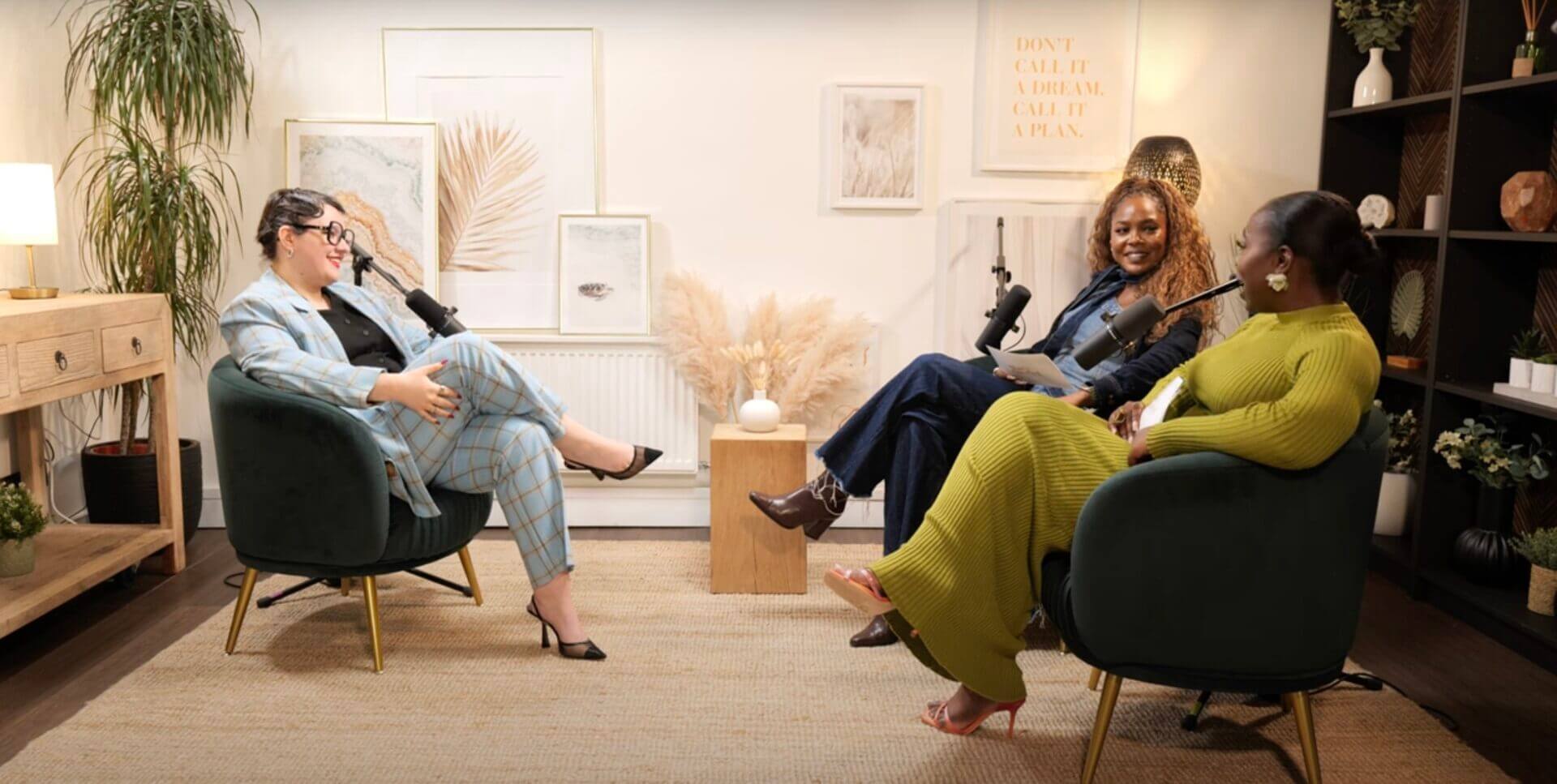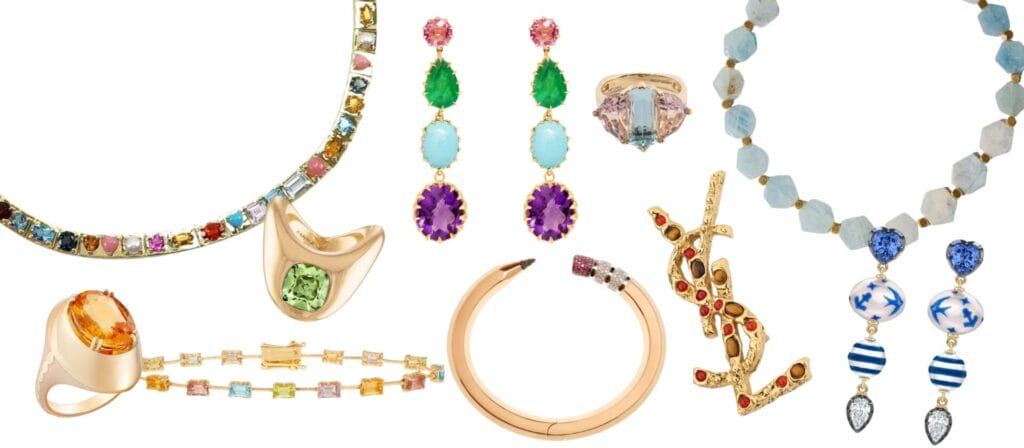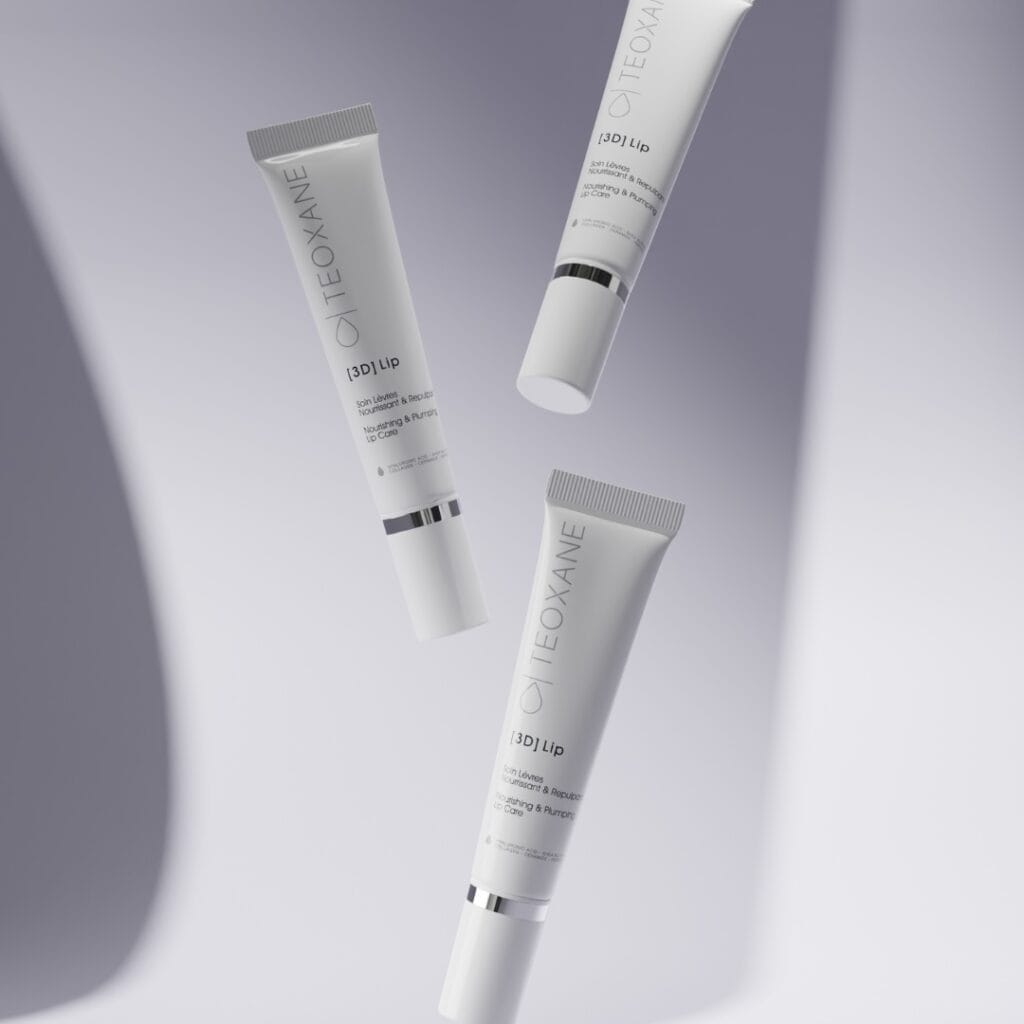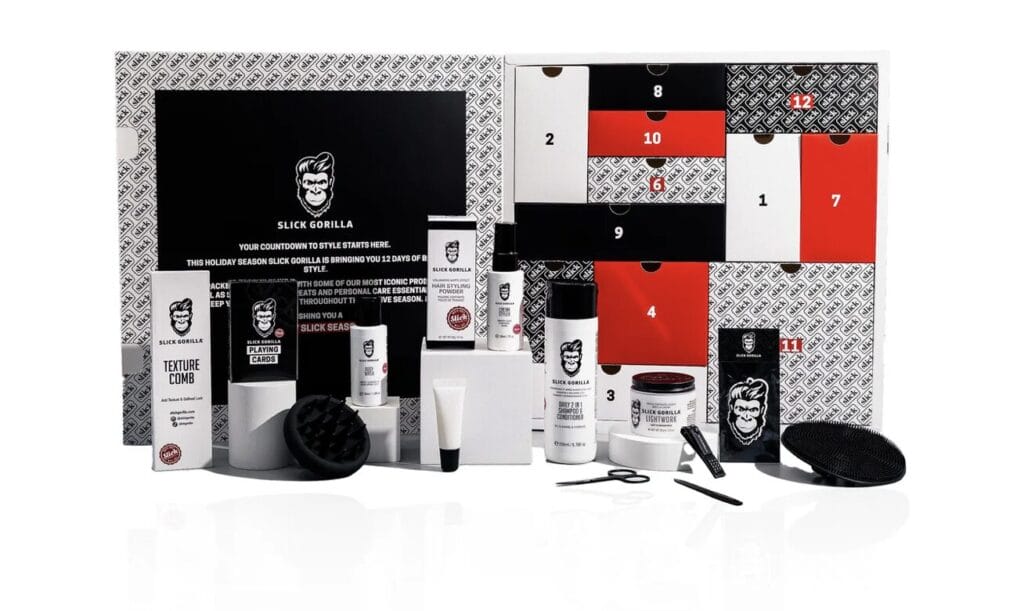In 2025, fashion is no longer just fabric—it’s psychology in motion. The clothes we choose each morning shape not only how the world perceives us, but more importantly, how we perceive ourselves. Welcome to the emerging science of fashion psychology—a field at the crossroads of identity, mental wellness, and personal transformation.
Whether consciously or subconsciously, what we wear taps into the deepest layers of our psyche. Studies reveal that our sartorial choices influence memory retention, emotional regulation, and even leadership presence. In today’s climate, where the mental health conversation has become more urgent than ever, the idea that style can serve as therapy isn’t just compelling—it’s critical.

And no one is making the case more powerfully than Jennifer Heinen, a trailblazer redefining the relationship between fashion and emotional well-being. As the host of the hit podcast Style My Mind, Heinen is bridging the gap between psychological research and real-life style, inviting leading experts and everyday changemakers to explore how wardrobe shifts can ignite internal growth.
At the heart of her work is The Style-Mind Shift, a coaching method that helps individuals align their outer presentation with inner truth. It’s not just about looking good—it’s about feeling aligned, confident, and whole. Heinen empowers her clients to view clothing as a catalyst for unlocking self-esteem and navigating life’s challenges with greater emotional resilience.

Style isn’t just what we wear—it’s how we feel. In a cultural moment where emotional wellness is front and center, fashion psychology is rapidly emerging as a transformative force in how individuals express, regulate, and rediscover themselves. Contributor Joseph DeAcetis sat down with Jennifer Heinen, an innovator in this field and host of the Style My Mind podcast, to explore how color, fit, fabric, and more are shaping confidence and connection in today’s evolving wardrobe. From decoding presidential neckwear to offering tangible advice for men seeking style with impact, Heinenprovides fresh insights into why the psychology of fashion is not just timely—it’s personal.
Joseph DeAcetis: Thank you, Jennifer, for taking the time to speak with me. To start, could you share with our readers how you were trained to become an expert in the psychology of fashion? What inspired you to pursue this unique field?
Jennifer Heinen: Thank you, Joseph—I’m so glad we’re having this conversation. My training began in fashion, not psychology. I originally trained as a custom tailor and later worked as a designer and stylist for over a decade, creating garments for special occasions and clients across industries. But what always fascinated me wasn’t just the garment—it was the person inside it. I noticed that clothing had the power to change posture, energy, and confidence. Eventually, I returned to academia and earned a Master of Science in Applied Psychology in Fashion. That’s where I began researching how clothing impacts emotion regulation, memory, self-perception, and identity. For me, fashion psychology isn’t theoretical—it’s lived. It’s how I process the world, how I help others reconnect to themselves, and how I turn something visual into something deeply meaningful.
Joseph DeAcetis: During your workshop, you mentioned the impact of color on men’s fashion choices. Could you elaborate on how specific colors influence men when dressing for success?
Jennifer Heinen: Colour is one of the most powerful psychological tools in the wardrobe. For men especially, who are often taught to value function over expression, colour becomes a subtle but effective form of non-verbal communication. Studies show that colour influences not only how others perceive us—but also how we feel in our clothes (Adam & Galinsky, 2012). Red, for example, is associated with dominance, confidence, and competitive edge. It elevates heart rate and draws attention—making it a go-to for high-stakes meetings or assertive leadership. Blue, on the other hand, is perceived as calming and trustworthy, which is why it’s favoured in diplomatic and corporate settings. The key is intention: are you dressing to command the room, or to connect with it?
Joseph DeAcetis: In your opinion, what are the key colors trending in men’s fashion this season, and why do you think these colors resonate with today’s style-conscious men?
Jennifer Heinen: This season, we’re seeing a shift toward earth tones with emotional depth—think rich mocha, butter yellow, slate grey, and sage green. These colours offer a balance of grounding and warmth. After years of instability, there’s a psychological craving for calm, maturity, and quiet confidence. Pantone’s Colour of the Year, Mocha Mousse, reflects exactly that—it’s understated but substantial. These tones resonate because they’re versatile, emotionally intelligent, and project a sense of evolved masculinity. Men today are seeking more than polish—they want personality with purpose.
Joseph DeAcetis: Purple has often been associated with royalty and sophistication. If purple is on trend, should men consider incorporating purple ties into their wardrobe? What message does this color convey in professional settings?
Jennifer Heinen: Absolutely—purple is an underutilized power colour. It communicates creativity, dignity, and strategic authority. In a professional setting, a purple tie—especially in deep plum or violet—signals both confidence and individuality. Unlike red, which is direct and assertive, purple adds nuance. It says: “I’m not here to dominate, I’m here to lead with depth.” When styled well, it walks the line between approachability and distinction. Especially in industries where innovation matters, it can be a powerful visual cue.

Joseph DeAcetis: How do skin tone, hair color, and eye color influence which colors look best on an individual? Could you provide some guidance for men on how to choose colors that complement their unique features?
Jennifer Heinen: Colour theory is both art and science. It’s not just about preference—it’s about undertone, contrast, and harmony. Men with cooler undertones (often with blue or grey eyes and ash-toned hair) tend to look best in blues, greys, and jewel tones. Warmer skin tones (those with golden or olive undertones) are complemented by earthy shades—camel, burnt orange, moss green. The goal is to enhance natural contrast rather than overwhelm it. One simple rule: if the colour wears you, it’s too strong. If it makes your eyes pop and your skin look clearer, it’s a keeper. For anyone unsure, try holding the garment near your face in natural light—it’s surprisingly revealing.
Joseph DeAcetis: Neckwear often plays a pivotal role in men’s fashion. Is it true that U.S. Presidents wear red ties to project power, blue ties to convey trust, and purple ties to appear bipartisan? How does this align with the psychology of fashion?
Jennifer Heinen: Yes, and it’s a great example of how colour can serve as both psychological and social signalling. While red typically conveys power and assertiveness, and blue suggests trust and calm, in U.S. politics these colours also carry strong party associations. The Republican Party is symbolically tied to red, and the Democratic Party to blue—so leaders often wear ties in their party’s colour as a way to visually align with their base. It’s not just about individual expression; it’s about reinforcing group identity and conveying loyalty in a single glance. Before a word is spoken, colour already starts the conversation.
Joseph DeAcetis: Speaking of President Donald J. Trump, he is known for his bold use of solid red ties, blue ties and yellow and purple. Do you think his choices align with the psychological principles of color in fashion? What do his tie choices say about his personal branding?
Jennifer Heinen: President Trump’s use of colour—particularly bold, solid hues—demonstrates a strong understanding of visual branding. His frequent choice of red ties, for example, aligns with the psychological associations of confidence, assertiveness, and visibility. Red is a highly stimulating colour that naturally draws the eye and conveys presence and determination. Blue ties, often linked to trust and stability, are typically used in more diplomatic or unifying contexts. Yellow and purple, while less common, are equally symbolic—yellow can evoke optimism and clarity, while purple often represents distinction or a more neutral stance. From a psychological perspective, these choices reflect classic principles of colour communication and help maintain a consistent public image. It’s a strategic use of visual cues that shapes perception before anything is said.
Joseph DeAcetis: Beyond color, what other elements of style—such as fabric, fit, or patterns—play a role in the psychology of fashion? How do these elements influence how others perceive us?
Jennifer Heinen: Every element sends a message. Fit, for example, is a signal of self-awareness and care. A well-fitted suit communicates precision and preparedness, whereas ill-fitting garments may suggest disengagement or discomfort. Fabric plays a sensory and symbolic role—wool feels grounded and reliable, silk suggests refinement, linen feels relaxed. Patterns can convey personality: pinstripes say classic and focused, while bolder prints suggest creativity and openness. This is all part of what we call “enclothed cognition” (Adam & Galinsky, 2012)—the idea that what we wear shapes both how others perceive us and how we perceive ourselves. Clothing is a feedback loop. Dress with intention, and the message becomes sharper—externally and internally.
Joseph DeAcetis: In your workshop, you touched on the idea that fashion is a form of non-verbal communication. Could you expand on what we are “saying” to others through our clothing choices?
Jennifer Heinen: Fashion speaks before we do. It tells people how we see ourselves, what we value, and even what emotional state we’re in. A person in a sharp navy suit communicates authority and structure. Someone in layered, textured neutrals might be signalling warmth, depth, and reflection. But it’s not just about what we communicate to others—it’s also how we regulate ourselves. What we wear influences our mood, confidence, and behaviour. When our clothing aligns with our identity and intention, we walk differently. We speak differently. Fashion is our most accessible non-verbal language—and it’s constantly in dialogue with the world.
Joseph DeAcetis: Finally, for men looking to refine their style, what advice would you give them to ensure their wardrobe choices align with their personal and professional goals?
Jennifer Heinen: Start with how you want to feel and how you want to be remembered. Are you aiming for clarity, command, connection, creativity? Then reverse engineer from there. Invest in foundation pieces that support those qualities—tailored fits, colours that flatter, fabrics you enjoy wearing. If a garment makes you feel restricted or unsure, it won’t support your goals, no matter how stylish it looks. And most importantly—edit your wardrobe for alignment, not approval. Clothing should enhance who you are, not perform someone else’s idea of who you should be. That’s the secret to sustainable, confident style.
In a world that often sees fashion as superficial, Heinen flips the narrative: clothing becomes a tool for healing, leadership, and empowerment. Whether she’s consulting on high-impact wardrobe transformations, leading workshops, or captivating audiences on stage, her message is clear—fashion isn’t just about trends. It’s about truth.
As the industry evolves and personal expression grows more nuanced, Jennifer Heinen proves that fashion psychology isn’t just relevant in 2025—it’s revolutionary.
Save Article








